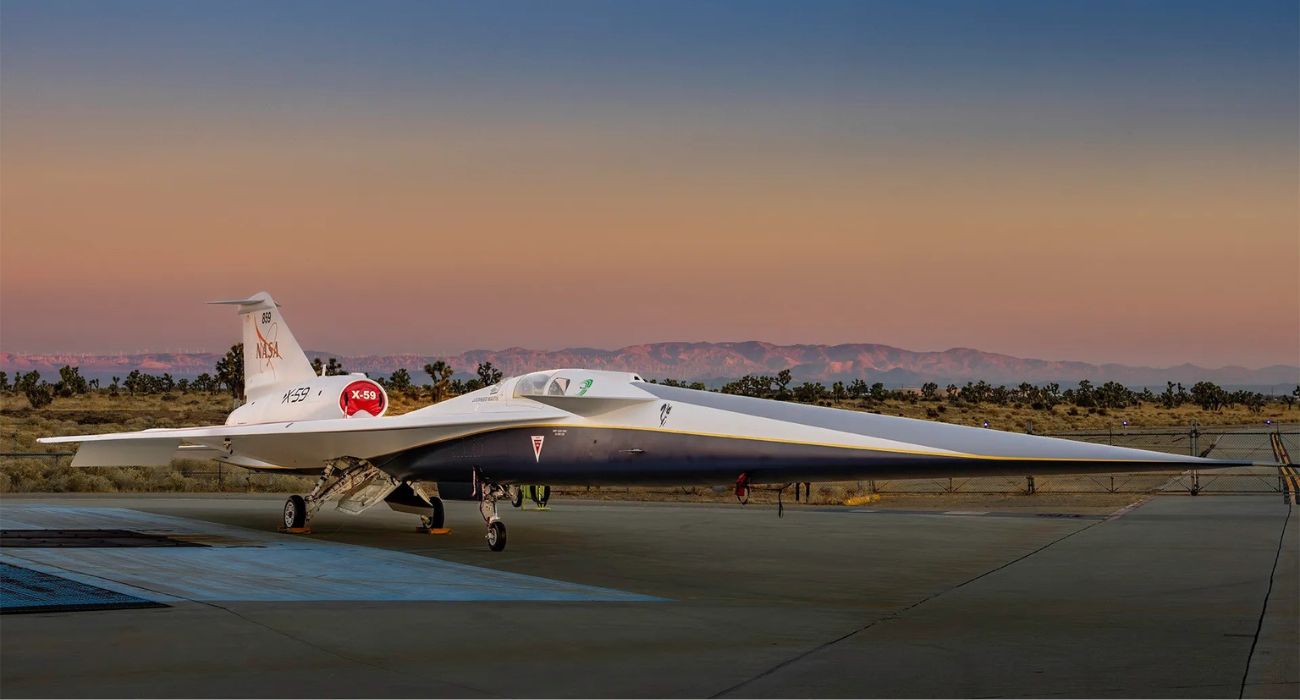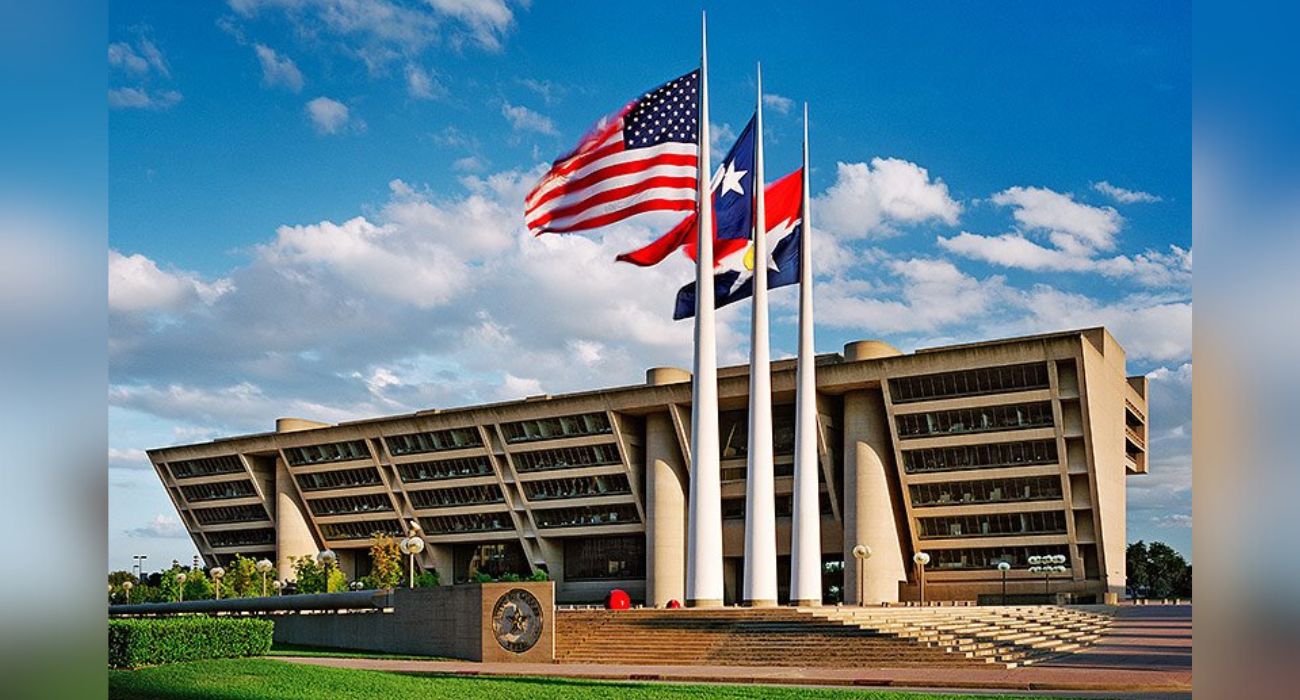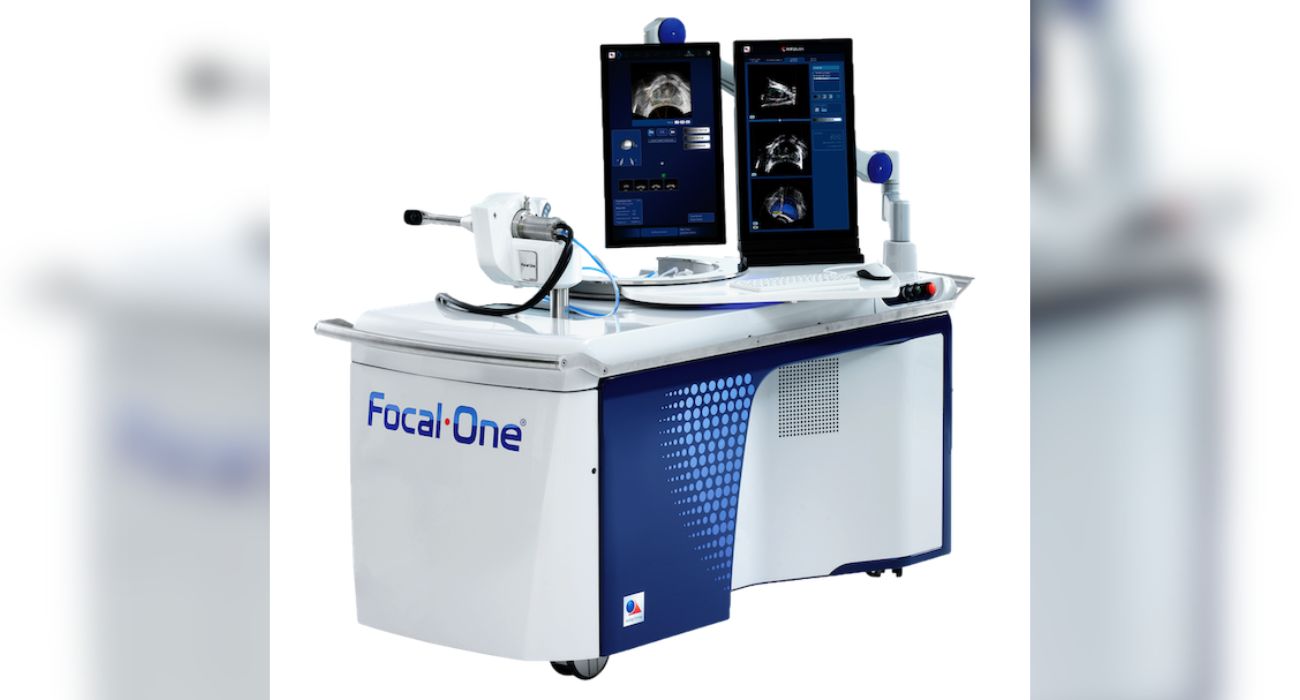NASA and Lockheed Martin have officially debuted their latest innovation in air travel, the new X-59 experimental supersonic jet.
The craft is set to make its first flight later this year. NASA and Lockheed Martin held the unveiling ceremony on Friday. Officials say this craft could open the way to allowing commercial supersonic flights, which have been banned in multiple nations for 50 years.
“This is a major accomplishment made possible only through the hard work and ingenuity from NASA and the entire X-59 team,” said Pam Melroy, deputy administrator for NASA, according to a news release. “In just a few short years, we’ve gone from an ambitious concept to reality. NASA’s X-59 will help change the way we travel, bringing us closer together in much less time.”
The X-59 is part of NASA’s Quesst mission, which seeks to provide data to assist regulators in reconsidering rules that prohibit commercial supersonic flight over land.
“It’s thrilling to consider the level of ambition behind Quesst and its potential benefits,” said Bob Pearce, associate administrator for aeronautics research at NASA Headquarters in Washington, according to the release. “NASA will share the data and technology we generate from this one-of-a-kind mission with regulators and with industry. By demonstrating the possibility of quiet commercial supersonic travel over land, we seek to open new commercial markets for U.S. companies and benefit travelers around the world.”
Lockheed Martin celebrated the success of the collaboration.
“Across both teams, talented, dedicated, and passionate scientists, engineers, and production artisans have collaborated to develop and produce this aircraft,” said John Clark, vice president and general manager at Lockheed Martin Skunk Works. “We’re honored to be a part of this journey to shape the future of supersonic travel over land alongside NASA and our suppliers.”
This craft’s design promises to turn the loud and potentially disruptive sonic boom into a quiet, sonic “thump,” as previously reported by The Dallas Express.






